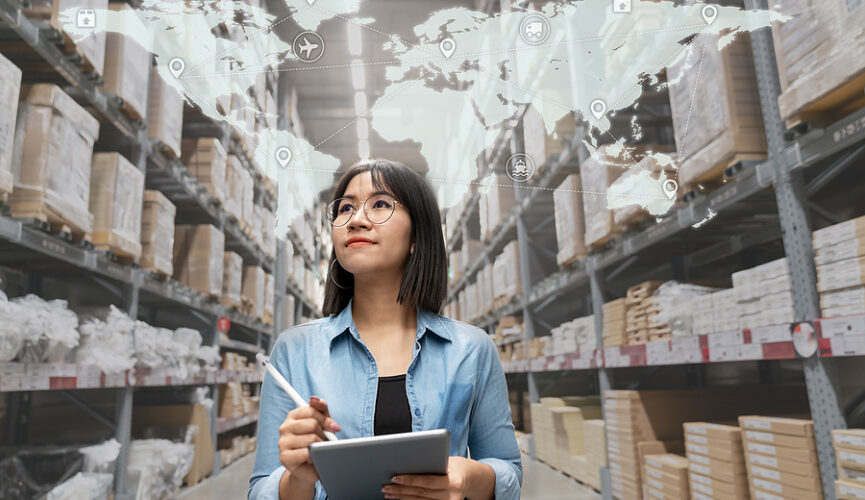Have you ever purchased something that you so desperately wanted to return? Almost everyone has been in that situation before, and most times it is a pain to deal with. Well, reverse logistics is a process that eases all that stress.
It is a process whereby goods can be sent back from final consumers to the producers. If you, as a consumer, have an issue with a product that you feel isn’t the retailer’s fault, even manufacturers can be addressed whenever there is any complaint or damage to your item.
Reverse logistics offers so much to you as a consumer or business owner. But to fully understand this term, you’d need to know what it entails, how it works, and the benefits you can get from it. If you’re uninformed, don’t worry; we will be shedding light on all of that in this article.
What It Entails
Reverse logistics are the processes involved in returning goods to manufacturers. Whether it’s faulty or needs recycling, it undergoes this method.
You most likely make complaints and have the item returned to your retailer, who contacts distributors, and the cycle continues until it ends up with the makers of the product.
Returns are most common in online trading. With the evolution of e-commerce, the need for reverse logistics is quite high. The primary objective of this process is to preserve the value of these items. Yes, it might be faulty when delivered to you, but once returned, it can be utilized and retransformed.
The same goes for recyclers. This isn’t only for a bad item, but it’s also a process whereby items can be returned to manufacturers for refurbishing. Most plastic items still capable of being recycled also undergo this method to make it’s way back to the producing company.
There are five basic steps to this process which involves processing the returns, done by you, the consumer when you signal a return while in the necessary hands.
The next step is dealing with the returns and inspections of the item. That would confirm whether the item is terrible beyond repair or still recycle-worthy.
The process keeps going when goods are sent to repair departments. Repairs are done, and items that are still reusable are sorted out from those to be recycled. Reusable products are refurbished, and recycling is done when necessary.
Benefits Of Reverse Logistics
Since the pandemic, the necessity of reverse logistics has increased dramatically, especially for business owners. We’ll walk you through some of the benefits.
- Customers Satisfaction
One key thing to more profits in your business is customer satisfaction. If their needs are met, you can be confident of continued patronage. If customers come to you with cases of defective items, reverse logistics allows you to attend to their complaints.
Permitting returns builds their confidence in your brand and their assurance of getting exceptional service. That strengthens their trust and boosts your business.
- Reduces Business Risks
One thing to avoid is angry customers. If complaints are unattended, most customers will take their business elsewhere. In the worst-case scenario, they could sue. This is more likely in cases of faulty products.
Reverse logistics makes it possible to avoid this sort of risk and manage returns efficiently.
Conclusion
Reverse logistics is a real breakthrough in businesses. Whatever it is, you can be assured returns are very much possible. This process offers so much, whether as a consumer with a defective product or a business owner. You don’t have to worry about dealing with a faulty item or an angry client.
More than just making a complaint and preserving your reputation, it also offers to use your returns to penetrate the market. Consider reverse logistics; trust us, you won’t regret it.
